Archives
- 2025-12
- 2025-11
- 2025-10
- 2025-09
- 2025-03
- 2025-02
- 2025-01
- 2024-12
- 2024-11
- 2024-10
- 2024-09
- 2024-08
- 2024-07
- 2024-06
- 2024-05
- 2024-04
- 2024-03
- 2024-02
- 2024-01
- 2023-12
- 2023-11
- 2023-10
- 2023-09
- 2023-08
- 2023-07
- 2023-06
- 2023-05
- 2023-04
- 2023-03
- 2023-02
- 2023-01
- 2022-12
- 2022-11
- 2022-10
- 2022-09
- 2022-08
- 2022-07
- 2022-06
- 2022-05
- 2022-04
- 2022-03
- 2022-02
- 2022-01
- 2021-12
- 2021-11
- 2021-10
- 2021-09
- 2021-08
- 2021-07
- 2021-06
- 2021-05
- 2021-04
- 2021-03
- 2021-02
- 2021-01
- 2020-12
- 2020-11
- 2020-10
- 2020-09
- 2020-08
- 2020-07
- 2020-06
- 2020-05
- 2020-04
- 2020-03
- 2020-02
- 2020-01
- 2019-12
- 2019-11
- 2019-10
- 2019-09
- 2019-08
- 2019-07
- 2019-06
- 2019-05
- 2019-04
- 2018-11
- 2018-10
- 2018-07
-
TraM is one of two transfer proteins from pIP
2020-09-21
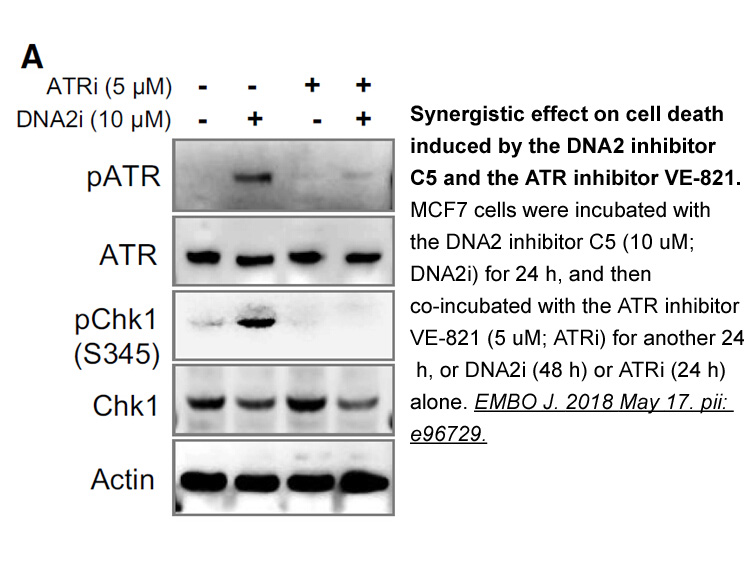
TraM is one of two transfer proteins from pIP501 T4SS that have structural similarity to the A. tumefaciens VirB8 protein (Fercher et al., 2016, Goessweiner-Mohr et al., 2013), a central member of the inner membrane complex (Bailey et al., 2006, Guglielmini et al., 2014, Trokter et al., 2014). VirB8
-
Interestingly we observed that T D islet cells have
2020-09-21
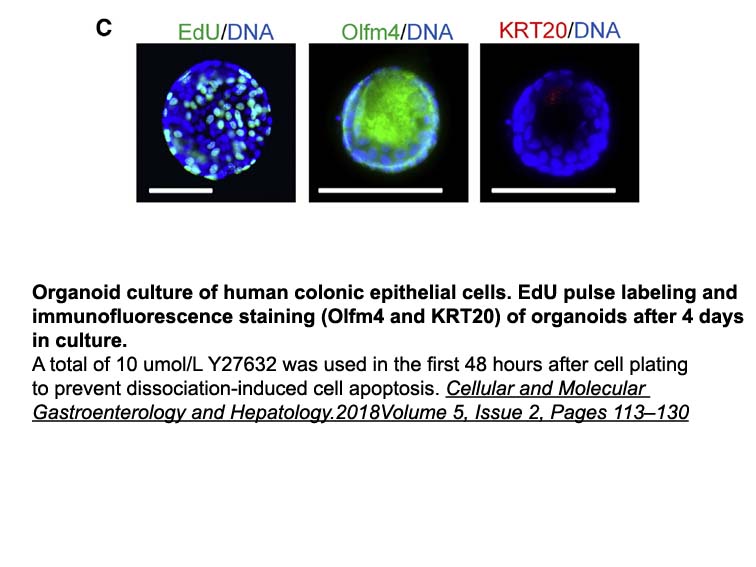
Interestingly, we observed that T2D islet Azimilide mg have lower DPP-4 expression, as compared to ND cells (Fig. 1, Fig. 2). Previously, a reduced activity of this peptidase was observed in human T2D islet lysates (Omar et al., 2014). As mentioned above, GLP-1 is also produced by islet cells (alpha
-
The present study is a genetic association study
2020-09-21
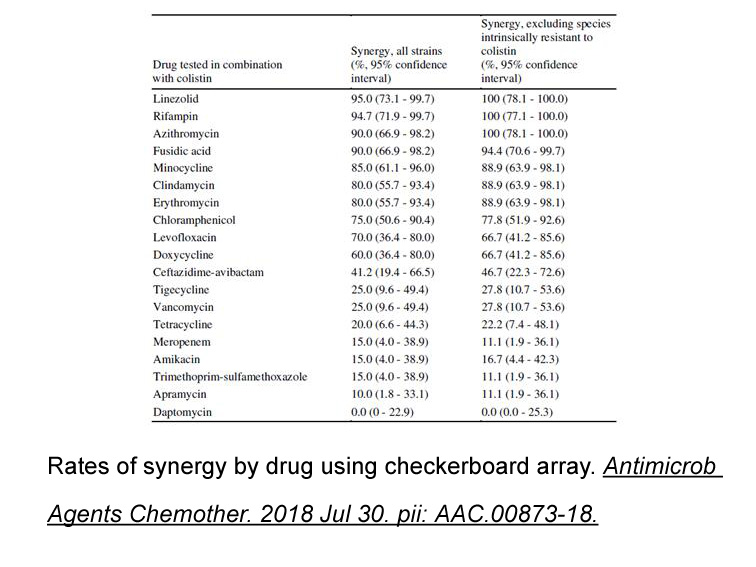
The present study is a genetic association study using the classic candidate gene approach. This method has been repeatedly criticized in the past to produce highly unreliably findings (e.g. Flint & Munafò, 2013). The alternative would be the conduction of a Omecamtiv mecarbil wide association stud
-
br Funding br Conflict of interests br Introduction DAG
2020-09-21
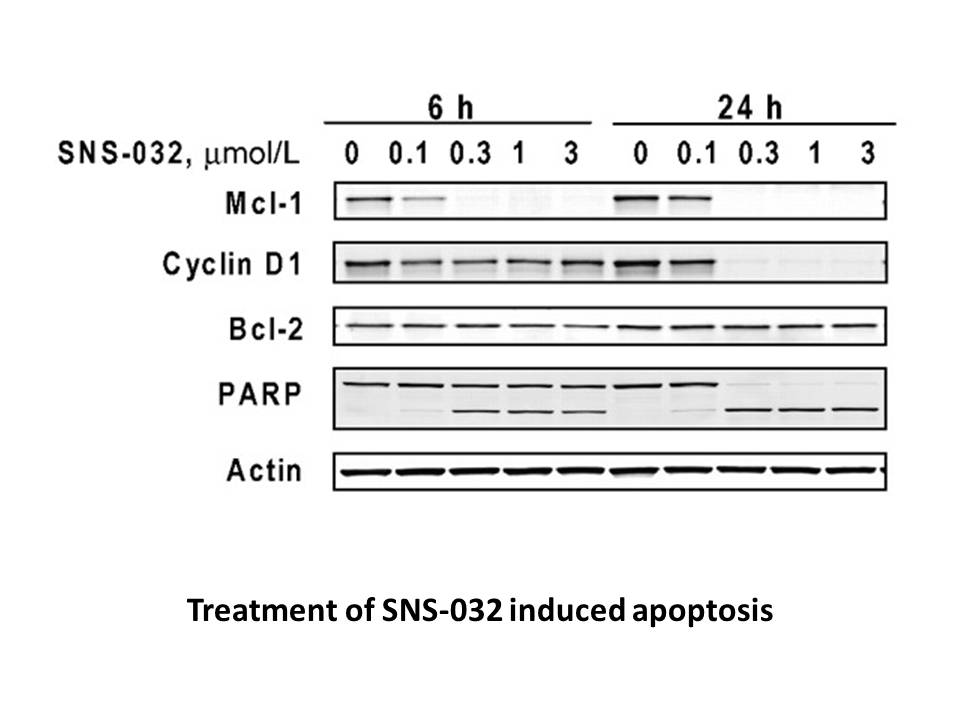
Funding Conflict of interests Introduction DAG is generated by the hydrolysis of phosphatidylinositol-4,5-bisphosphate (PtdIns(4,5)P2) by PtdIns-specific phospholipase C (PLC) enzymes [1]. Remaining in the membrane, it binds proteins with cysteine-rich, C1 domains, and activates several of
-
The two isoforms LDH A and
2020-09-21
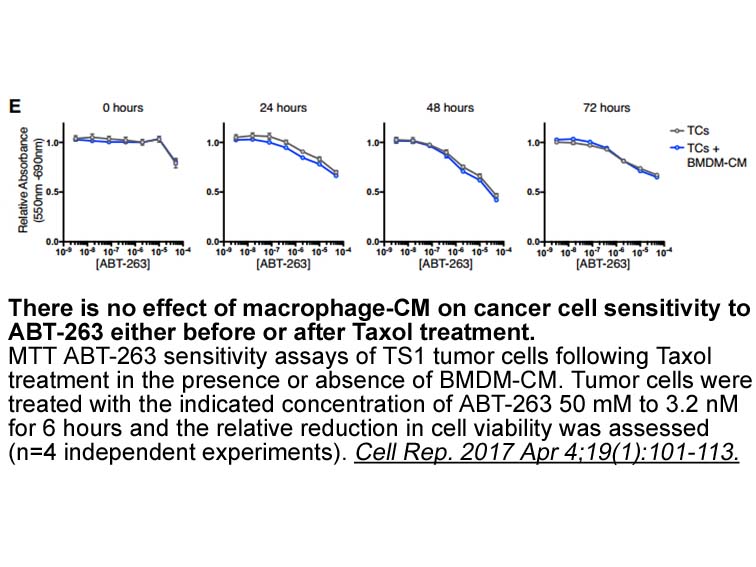
The two isoforms LDH-A and LDH-B catalyze the same reaction, conversion of pyruvate to lactate at the end of glycolysis. LDH-A is expressed in the liver. Humans with a hereditary deficiency of the A or B LDH isoforms are free of symptoms, except for muscle rigidity and myoglobinuria following strenu
-
The present study provides the first evidence
2020-09-21
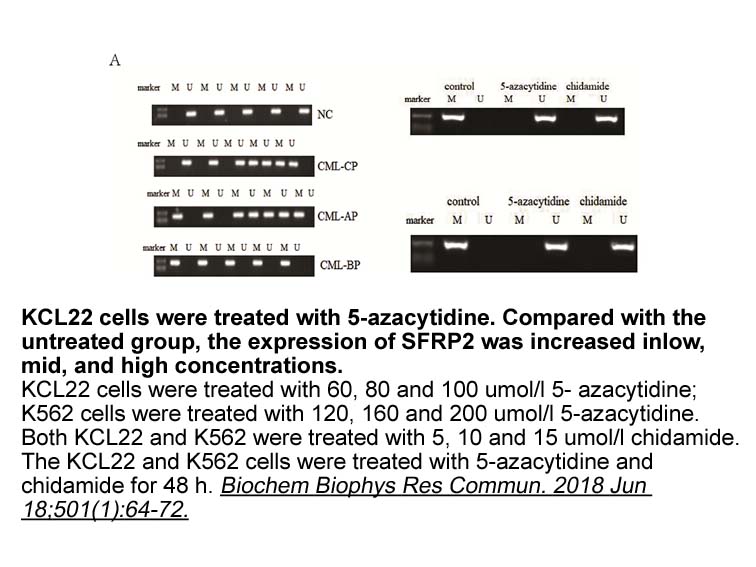
The present study provides the first evidence that the human uroepithelial Pefloxacin in vitro respond directly, within 48h, to this carcinogen by promoting extensive vacuolation and DAPK expression. By using the TEM, ICC and Western blotting, we found that the arsenite-induced vacuoles were derive
-
The CPA EoS was presented by
2020-09-19
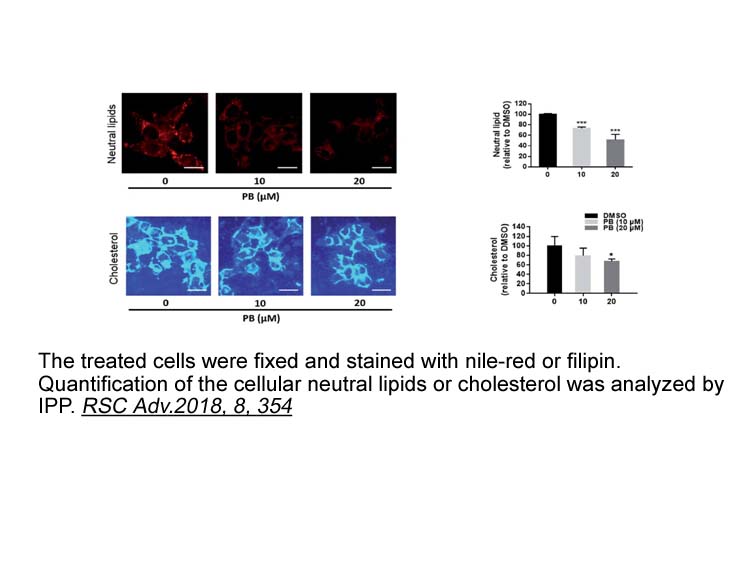
The CPA EoS was presented by Kontogeorgis et al., in 1996 [23]. The proposed equation is composed of two parts (SRK EOS + association term) such that it can well predict the thermodynamic behavior of hydrogen bonding materials as a result of considering the association term. Yakoumis et al. (1997) e
-
br Materials and methods br Results Recombinant N terminally
2020-09-19
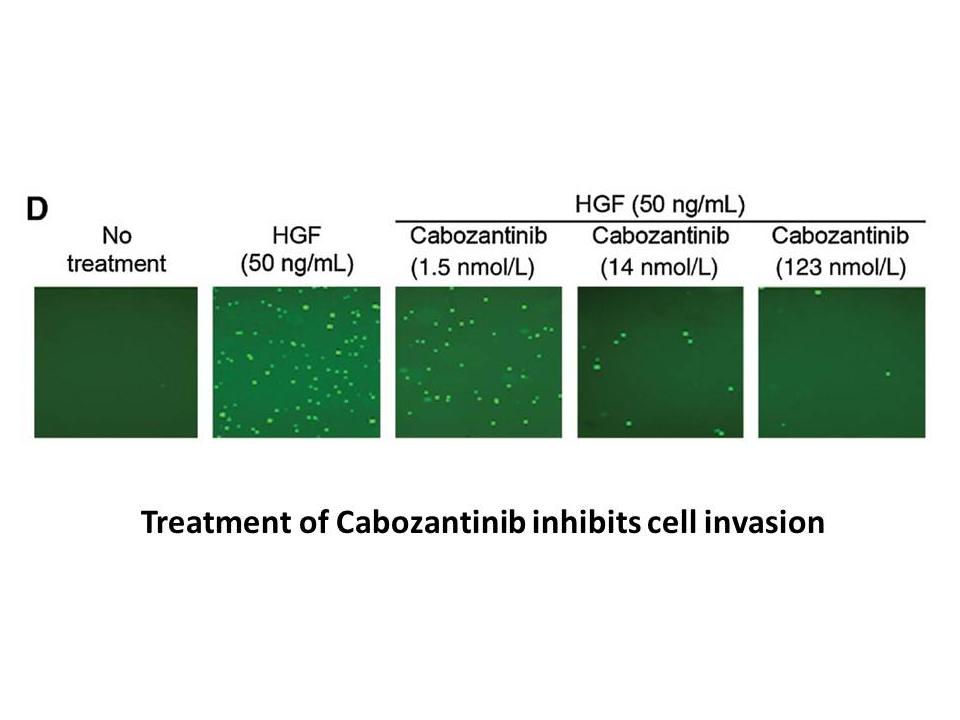
Materials and methods Results Recombinant, N-terminally His6-tagged vCPH was purified to near homogeneity via a modification of the reported procedure and its identity confirmed by intact protein mass spectrometry (Supplementary Fig. 1). As reported, vCPH catalysed two hydroxylations of a PAPK
-
The reference standards methyl difluoro
2020-09-19
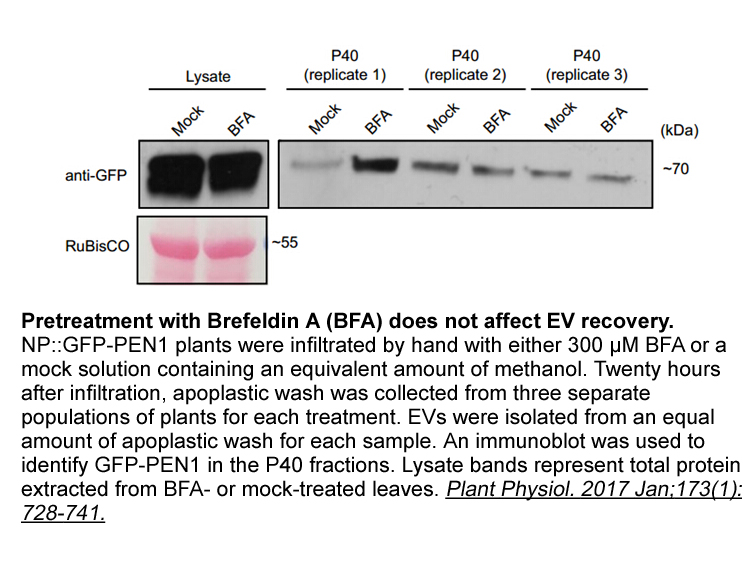
The reference standards methyl 3-((2,2-difluoro-5-[1,3]dioxolo[4′,5′:4,5]benzo[1,2-]imidazol-6-yl)carbamoyl)benzoate () and -(2,2-difluoro-5-[1,3]dioxolo[4′,5′:4,5]benzo[1,2-]imidazol-6-yl)-3-methoxybenzamide (), and their corresponding desmethylated precursors 3-((2,2-difluoro-5-[1,3]dioxolo[4′,5′:
-
Therefore the relationship between ChEs activity and polymor
2020-09-19
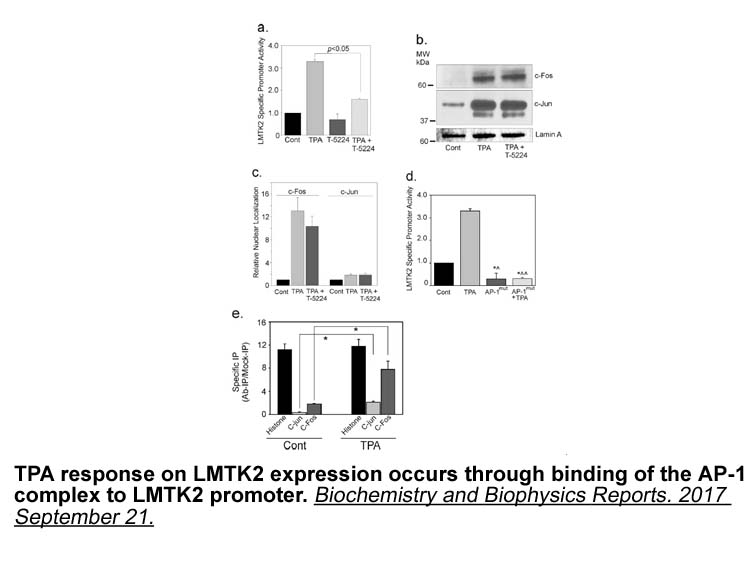
Therefore, the relationship between ChEs activity and polymorphisms in POT1, TERF1, TERT genes were explored in order to screen susceptible biomarkers in this study. Materials and methods Results Discussion However, genetic toxicity induced by OPs has not been fully investigated so far. Ca
-
Functional studies revealed that these ESR mutations
2020-09-19
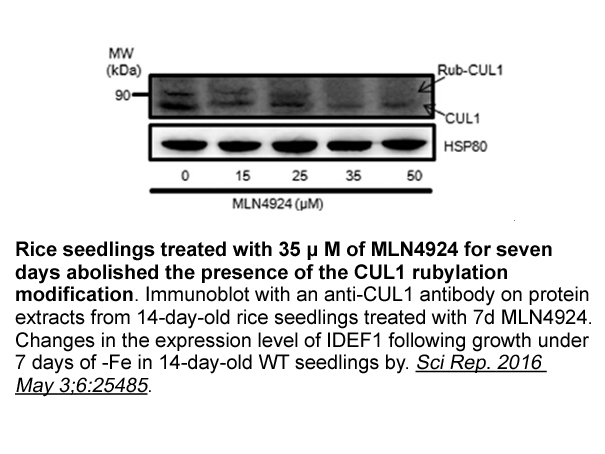
Functional studies revealed that these ESR1 mutations lead to constitutive activity of the ER, meaning that the receptor is active in absence of estrogen, conferring resistance against several endocrine agents. Recent studies reported that the occurrence of ESR1 mutations is rare in ER+ primary brea
-
Since OH PGE is a moderately selective
2020-09-19
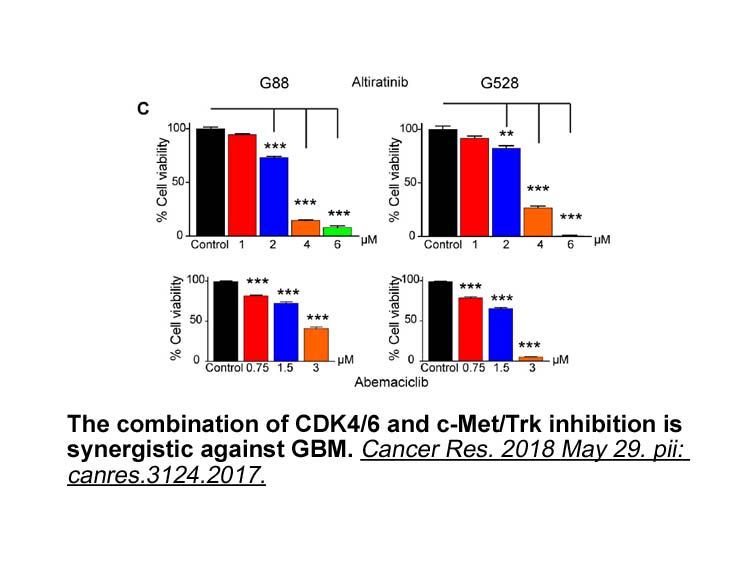
Since 1-OH-PGE2 is a moderately selective EP4 agonist which could bind to mouse EP3 and EP4 with a relatively similar affinity (Kiriyama et al., 1997), we have used a highly selective EP4 agonist CAY10580 to evaluate the involvement of EP4 activation in PGE2-facilitated EP4 internalization and recyc
-
Introduction The annual global market of industrial
2020-09-19
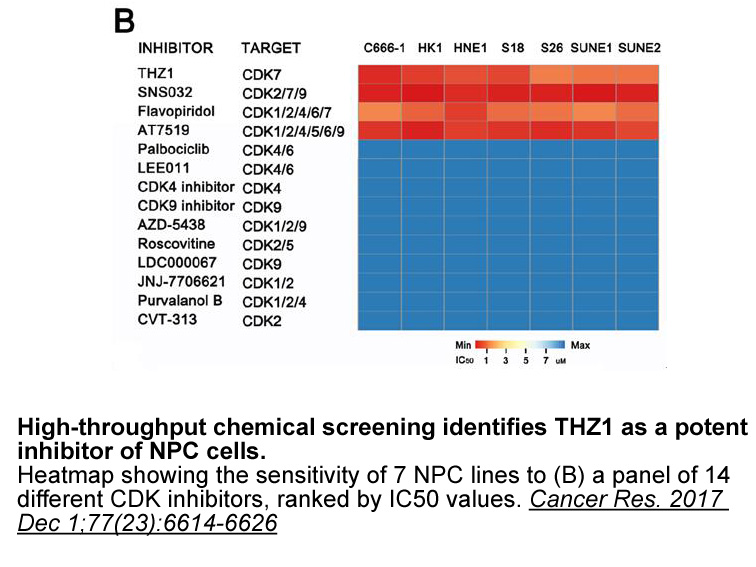
Introduction The annual global market of industrial DBeQ synthesis is reported to be billions of USD [1], [2], [3], [4], [5], [6], [7], and impacts commercial sectors that include energy, animal feed, household products, food processing and pharmaceuticals [1], [2], [5], [6]. Enzymatic processing i
-
More recent studies have correlated sPLA V with alternative
2020-09-19
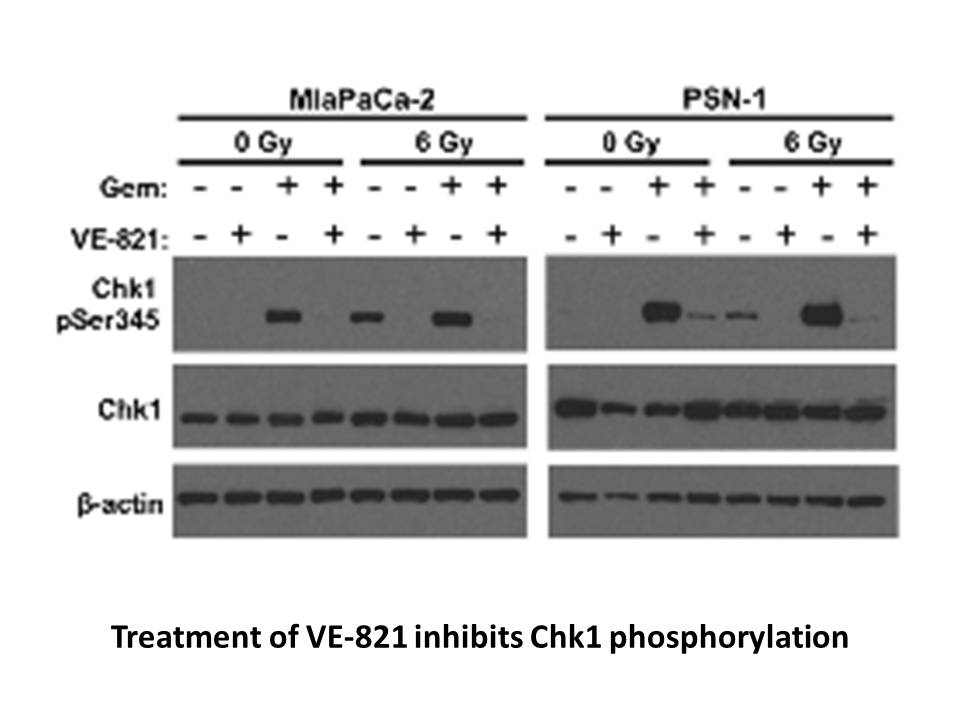
More recent studies have correlated sPLA2-V with alternative macrophage activation (M2) in human and murine macrophages [149,150]. sPLA2-V expression was induced during both human and mouse interleukin-4–mediated activation of macrophages in vitro, and its absence impaired macrophage activation in v
-
With regards to translational development
2020-09-19
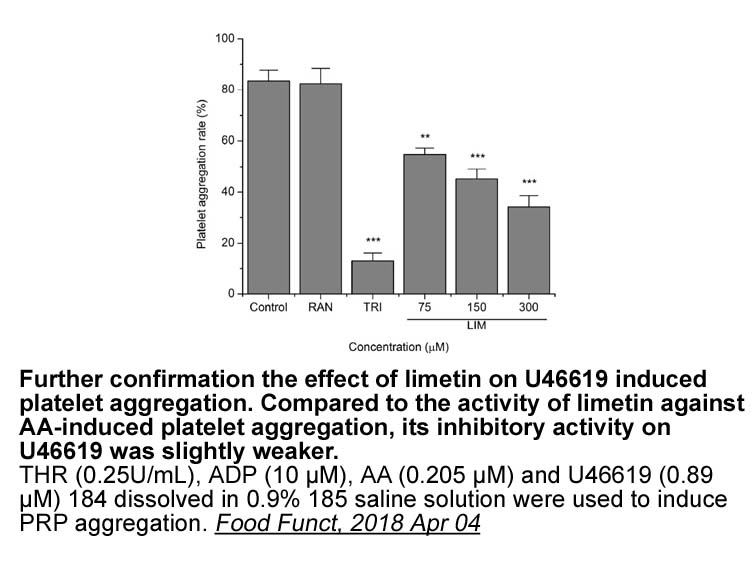
With regards to translational development of SMEPT, we acknowledge that we are not aware of any trials currently underway to validate this methodology in clinical settings. It appears fair to say that enthusiasm and commitment from corporate developers does not match that of academic partners. One r
16582 records 818/1106 page Previous Next First page 上5页 816817818819820 下5页 Last page